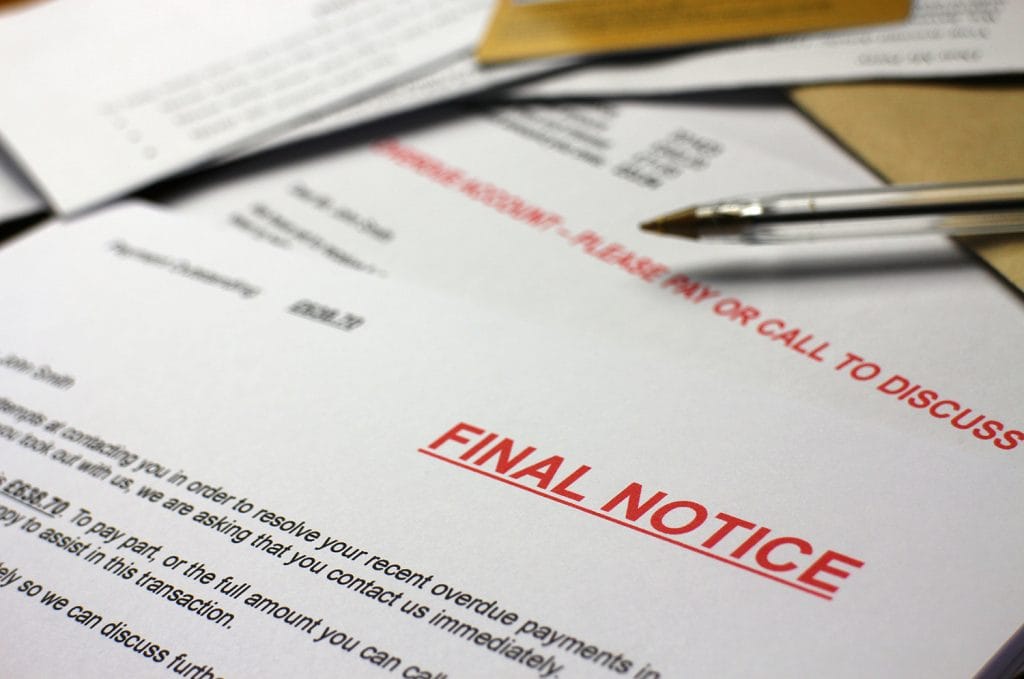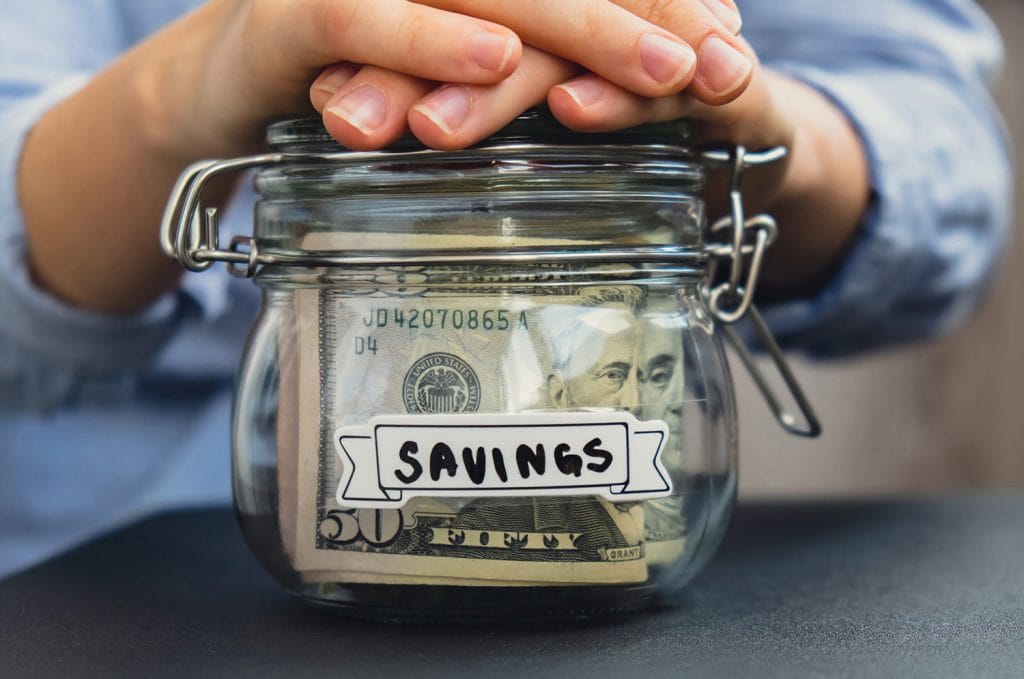
Phantom Debt Scams: What to Do If a Collector Calls You
Scammers are pretending to be debt collectors to pressure you into paying money you don’t owe. Learn how this scam works and how to protect yourself.
Debt Avalanche vs. Debt Snowball for Paying Down Debt
Congratulations! With the average credit card interest rate standing at north of 20%, just deciding to tackle your credit card debt puts you on the fast-track to financial freedom. To help you decide the best way to proceed, we’re breaking down two popular repayment methods – the debt avalanche and the debt snowball – so you can decide for yourself which one will work best for you.
Whichever repayment method you choose, you’ll start by writing down all your credit card debts, including balances and interest rates. And, maybe this goes without saying, but we’ll say it anyway: if you’re drowning in credit card debt, it’s important to swear off using credit cards until your financial situation is stabilized.
Debt Avalanche
If you think of an avalanche, you think of snow rushing down a mountain very quickly. The name sounds a little scary when applied to debt, but it’s actually a good thing. With the debt avalanche method, you tackle your debts from the highest interest rate to the lowest interest rate, regardless of balance. You’ll make the minimum payment on all your accounts except the one with the highest interest rate. Put as much extra money as you can toward that highest-interest account until it’s paid off. Then, move to the account with the next highest interest rate and take the same approach.
By paying down debt in this order, it will take longer to pay off your first debt, but you’ll save money on interest.
Key takeaways about the debt avalanche method:
Debt Snowball
Now, let’s look at the debt snowball approach. If you think of a snowball rolling down a mountain, it gets bigger and gains momentum as it rolls along. Using the debt snowball method, you pay off the smallest debt first and then move to next smallest one, and so on, no matter what the interest rate is. You’ll make the minimum payment on all the accounts except the one with the lowest balance. For that one, put as much extra money as you can toward paying it off. When that balance is paid off, move to the next smallest account using the same strategy.
By paying down debt in this order, you’ll reduce the total number of debts, which can be very encouraging, but you might not save as much in interest charges.
Key takeaways about the debt snowball method:
Which Plan is Best for You?
If paying off smaller debts inspires and motivates you to stay on a repayment program, the debt snowball might be a good fit. But keep in mind that paying off big debt, especially high-interest accounts, will likely save you more in the long run, so you might prefer the debt avalanche.
Whichever method you choose, your credit score will likely improve when you knock down debt. Plus, it can free up cash for a down payment on a home, new car, college fund or other financial goals.
Want to learn more about personal financial topics? Visit the financial education section of our website.

Scammers are pretending to be debt collectors to pressure you into paying money you don’t owe. Learn how this scam works and how to protect yourself.

The savings bucket method helps you organize your goals into separate savings accounts, making saving clearer, easier, and more rewarding.

Many employers now offer financial wellness and lifestyle benefits. Are you taking advantage of all you can get?
Copied to clipboard!